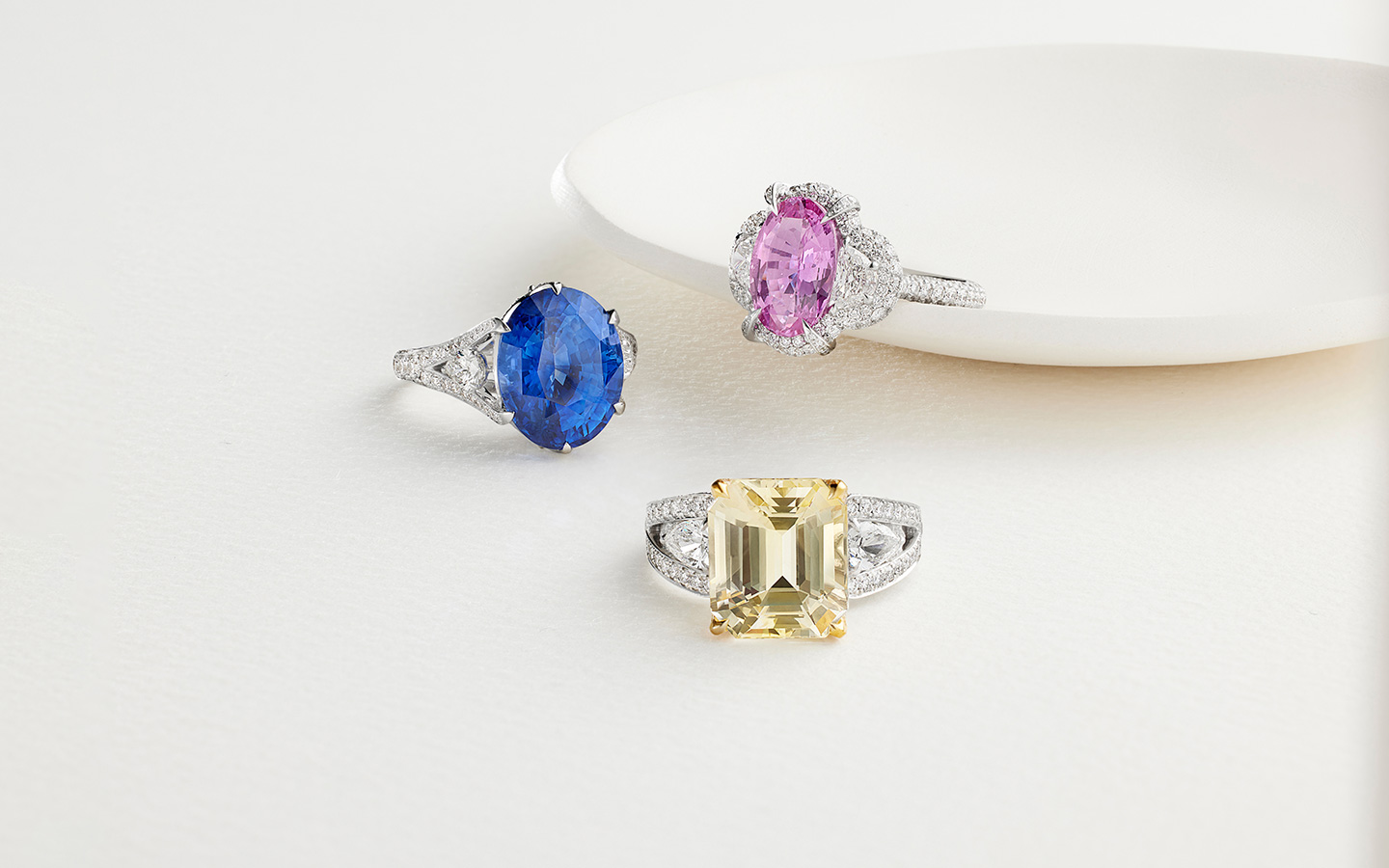When it comes to choosing a gemstone, many people consider diamonds for their beauty and significance. However, there are several diamond substitutes available that offer similar aesthetics at a more accessible price point or with ethical advantages. In this article, we’ll explore some popular alternatives to natural diamonds.
Why Consider Diamond Substitutes?
There are various reasons why individuals may choose diamond substitutes. These can include budget constraints, ethical concerns about diamond mining, or a desire for unique styles. Understanding your priorities can help you select the right alternative for your needs.
Moissanite
One of the most popular diamond substitutes is moissanite. Discovered in 1893, moissanite is a naturally occurring mineral that has been lab-created for commercial use. Known for its exceptional brilliance, moissanite often outshines diamonds in terms of sparkle. It has a high refractive index, which means it reflects light exceptionally well. Moissanite is durable and resistant to scratching, making it a practical choice for everyday wear.
Cubic Zirconia
Cubic zirconia (CZ) is another common diamond substitute. This synthetic stone is made from zirconium dioxide and is widely used in jewelry due to its affordability and appearance. While CZ is less durable than moissanite and lab grown diamonds, it can mimic the look of a diamond quite effectively. Its clarity and brilliance make it a popular choice for those looking for a diamond-like appearance without the high cost.
White Sapphire
White sapphire is a natural gemstone that can serve as a diamond substitute. While it does not possess the same level of brilliance as diamonds, it offers a more understated and classic look. White sapphires are durable and can be an excellent option for those seeking a traditional appearance without the ethical concerns associated with diamond mining.
Lab-Created Diamonds
Lab-created diamonds, also known as synthetic or cultured diamonds, are real diamonds that are produced in a controlled environment. They have the same chemical and physical properties as natural diamonds but are often more affordable. Lab-created diamonds offer an ethical alternative to mined diamonds, making them appealing to environmentally conscious consumers. They come in various qualities and cuts, allowing buyers to select a stone that fits their preferences.
Garnet
While garnet is not a direct diamond substitute, its deep red hue can provide a unique alternative for those looking for something different. Available in various colors, garnet offers versatility and can be used in a variety of jewelry styles. Although not as brilliant as diamonds, garnets are durable and can make a stunning statement.
Spinel
Spinel is a lesser-known gemstone that can serve as a diamond substitute. Available in various colors, including blue, red, and pink, spinel is often overlooked but is gaining popularity. It is durable and has a high level of brilliance, making it an attractive option for those seeking alternatives to traditional diamonds.
Conclusion
Choosing a diamond substitute can provide various benefits, from cost savings to ethical considerations. Options like moissanite, cubic zirconia, white sapphire, lab-created diamonds, garnet, and spinel offer a range of aesthetics and price points. By understanding the characteristics of these alternatives, you can find a gemstone that fits your style and values without compromising on beauty

